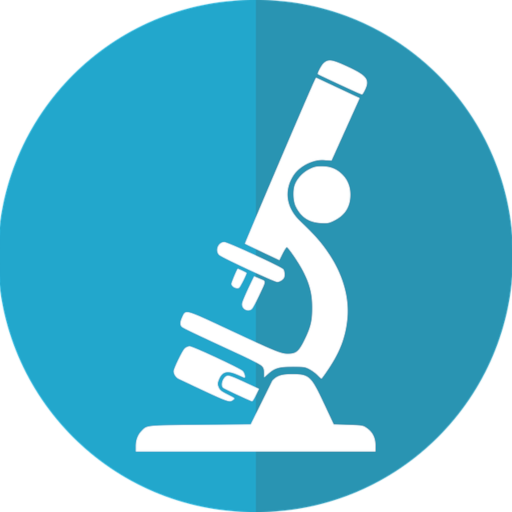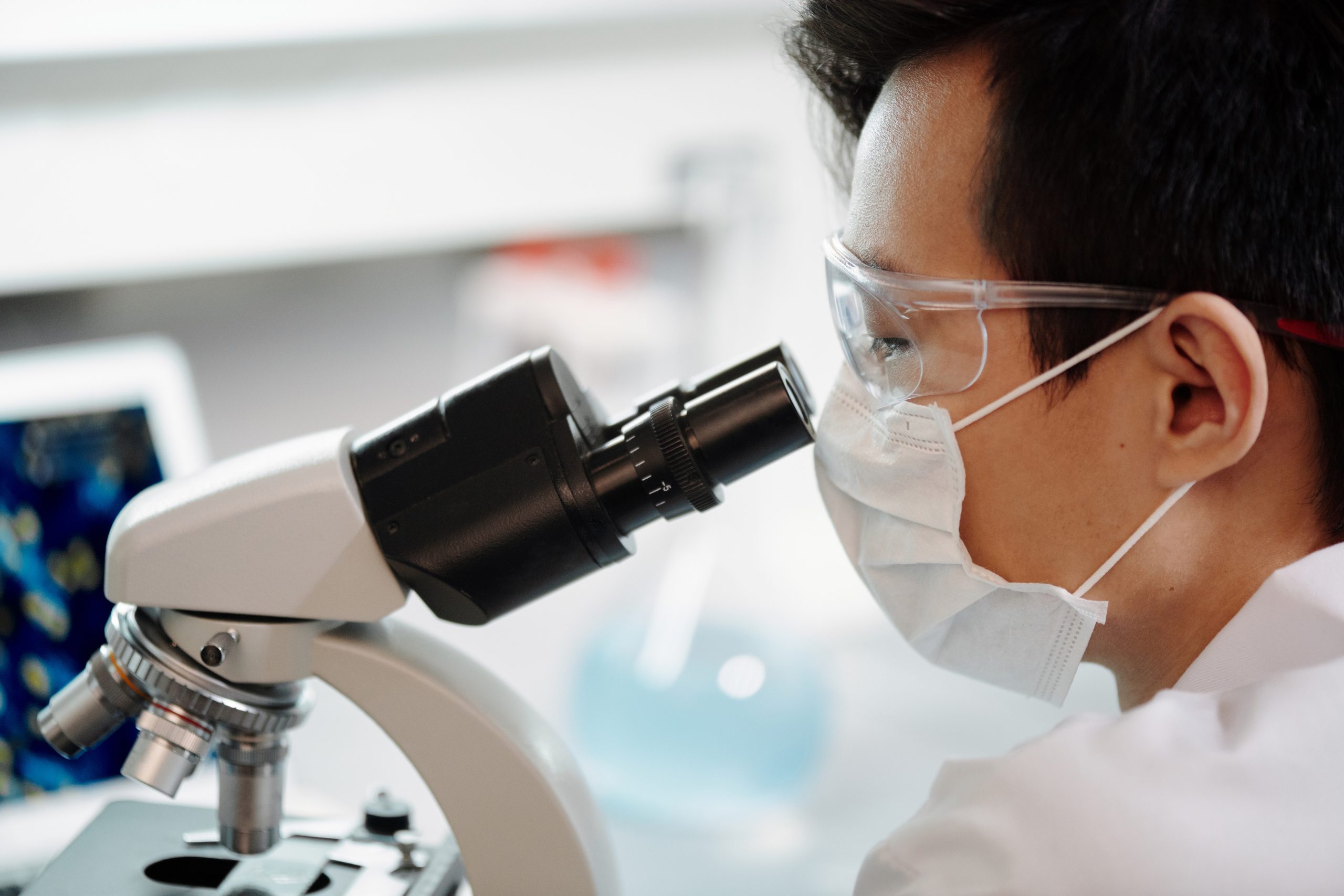I remember about 25 years ago as a new Section Head of Clinical Chemistry and Special Chemistry, our lab received a visit from surveyors from the Ohio Department of Health. The surveyors spent 3 days in our lab combing through every piece of documentation we had. They talked to employees, observed work practices, and met with the Pathologists and hospital Administrators.
Why were they there? It was a routine validation inspection of our lab. Our primary accreditation was through the College of American Pathologists (CAP). Our department of health allows Ohio labs to use CAP accreditation to meet Medicare conditions for participation. They were there to check up on the CAP inspectors – to ensure they did a thorough and fair inspection the last time they in our lab. We received good news. Everything was in excellent condition!
Why do labs need to be inspected and regulated?
A nice history of laboratory medicine and its need for regulation can be found on the American Society for Clinical Laboratory Science (ASCLS) website. Darlene Berger, who was editor of Medical Laboratory Observer (MLO) when she wrote the series of articles, includes descriptions of ancient lab methods and a timeline of laboratory advances in technology and regulation.
It wasn’t until the 1850’s that medical tools such as the stethoscope, ophthalmoscope, microscope, X-ray, and chemical and bacteriological lab tests were developed.
As for lab tests, there was no one controlling
- who could perform the tests,
- how the tests should be performed,
- accuracy of the tests,
- how much labs could be paid for the test, and
- the people who made false claims about what lab tests could do. Someone needed to be held accountable when false performance claims were made and harmed patients.
You might find it hard to believe, but people could be unscrupulous as they were looking for any way to make money to survive. This led to the creation of tests that did not perform as advertised. The “quacks” or fake practitioners stole people’s hard-earned money. In some cases, this led to people’s untimely demise because they received treatment (which could have been fake and harmful) for something that was never a problem.
Even today in the year 2020, as the United States tries to make Covid-19 testing available to anyone who needs it, there are companies marketing tests that do not work. A list of these companies can be found at the Food and Drug Administration’s website. Even a dentist’s office was trying to perform and bill patients for running a Covid test that it had developed on its own. No wonder suspicions for lab errors run so high!
Well, I can tell you from my own experience as a lab leader for more than 25 years, there are many respectable laboratories working hard to ensure you have accurate and timely lab results. These lab results ensure you can be treated as quickly as possible with the most appropriate treatment. We are here to help you, not hurt you.
Laboratory regulations and inspections ensure laboratories do just that.
The Birth of Laboratory Regulation
Beginning in the 1900s, clinical laboratories started being organized into different areas such as clinical chemistry, microbiology, anatomic pathology, and blood banking. The labs were usually independent departments within a hospital, and the lab was run by a chief physician. This was a great advance in quality.
The American College of Surgeons was formed and as part of its mission, in 1918 it conducted the first-ever hospital inspections. The first set of inspection standards included a requirement for a laboratory that had sufficient staff and equipment. Adequate staffing and equipment is still a standard today and is included in CAP standards for accreditation. By 1923, nearly half of all hospitals had clinical laboratories with trained professionals performing patient testing. Hurray!
This led to the first training courses in medical technology to ensure the lab staff knew what they were doing and could do it correctly. Today, the lab employees who run your tests are known as either Medical Laboratory Scientists (MLS) or Medical Laboratory Technicians (MLT). Thousands of programs to train and certify MLS and MLT exist across the globe to meet the increasing demand for these specialized scientists. You can find a list of these programs on the National Accrediting Agency for Clinical Laboratory Science (NAACLS) website.
In 1967, minimal quality requirements were drafted for clinical laboratories to participate in Medicare for reimbursement of services. However, it only applied to labs doing business across state lines. It was called the Clinical Laboratory Improvement Act of 1967 (CLIA ’67).
In the 1970s, lawmakers felt the quality requirements needed to be extended to all laboratories, resulting in amendments to CLIA ’67 being recommended over the next two decades. These amendments outlined stronger education requirements for lab professionals, including the requirement of a bachelor’s degree to qualify to perform testing on human specimens. They also included rules for quality control, proficiency testing, and testing personnel competency assessment.
Clinical Laboratory Improvement Amendments of 1988
In 1988, the amendments recommended during the previous 2 decades were finally signed into law and implementation began in 1992. CLIA ’88 required all labs that performed human testing to obtain a certificate from the Department of Health and Human Services (HHS). This is often delegated to state agencies such as the state’s Department of Health. As an example, take a look at Ohio’s Laboratory Certification Program information.
Certificates were granted only to labs meeting requirements for quality assurance, quality control, testing personnel education, physician Laboratory Director education/licensing, and successfully passing proficiency testing.
For further information regarding CLIA ’88, feel free to view the full CLIA ’88 rule or other current information regarding CLIA.
Lab certification ensures that patients receive accurate and cost-effective lab test results to aid in diagnosis and treatment. Lab testing affects every person in the United States, either themselves directly, or their family and friends. 70% of all medical decisions are aided by lab test results.
With such a profound impact on medical decisions for so many patients, it became apparent how important it is to provide correct results. CLIA ’88 has been revised several more times since 1988. However, the basic quality requirements remain embedded in the regulations.
CLIA ’88 includes:
- Requirements for lab registration with HHS.
- Definition of 3 levels of difficulty of laboratory testing.
- Appropriate testing personnel education requirements for each level of testing.
- The proficiency testing requirements.
- The quality systems for each level of testing.
- The inspection process.
- Enforcement procedures.
- Establishment of the Clinical Laboratory Improvement Advisory Committee.
If you’ve read through CLIA, you begin to appreciate that laboratory services are among the most regulated industries. Fortunately for patients, these rules were implemented to protect them. The goal is the right test at the right time for the right patient. As a scientist, this makes me feel confident in our abilities to care for patients. It makes me happy that we have practices in place to ensure it.
What’s next?
We’ll take a look at detailed information regarding the 3 levels of lab testing, proficiency testing, and quality systems in future blogs.
In the meantime, look back through our blogs for this year. Educational requirements for laboratory professions were shared in Dawn Allen Hauser’s blog on April 7, 2020. Take a look and see if you have what it takes to join the laboratory profession!

